1. West Wendover, Nevada
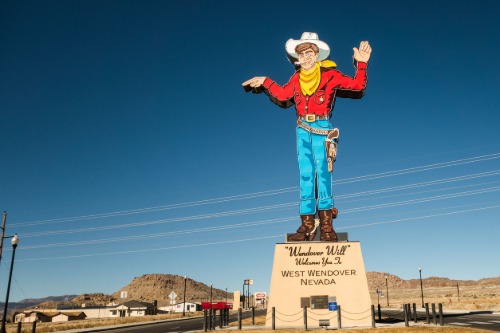
West Wendover is officially in Nevada, but according to Delen Goldberg from The Las Vegas Sun, this little town lives on Mountain Time thanks to its close relationship with Wendover, Utah — literally right next door. The two towns function as one, separated only by a state line and a time zone. West Wendover technically should be on Pacific Time, but it runs on Mountain Time like its Utah twin. This makes life a lot easier for locals but definitely throws off visitors.
Everything from schools to city offices in West Wendover follows Mountain Time, even though federal agencies still recognize it as Pacific. Confusing much? If you book a hotel or a meeting there, don’t assume the time listed is the same as Vegas. It’s basically Nevada on paper, Utah in spirit — and your watch might not know what to do.
2. El Paso, Texas
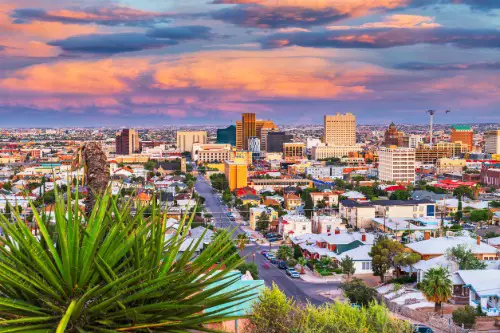
El Paso is in Texas, but unlike most of the state, it’s in the Mountain Time Zone, according to Trish Long from El Paso Times. That’s already confusing enough for people who associate Texas with Central Time. Then throw in the fact that much of West Texas and all of neighboring New Mexico share time with El Paso, but the rest of Texas — including major cities like Dallas and Houston — are an hour ahead. That makes coordinating travel or business across the state way trickier than you’d expect.
Even locals get caught up in the zone shift when they drive just a few hours east. It’s common to hear people in El Paso say things like “Texas time” vs. “our time.” The time change really hits you when you’re planning flights or dealing with state agencies. It’s the western edge of Texas, but sometimes it feels like a whole different world.
3. Kenton, Oklahoma
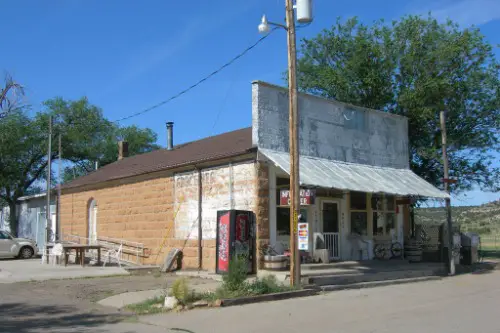
Kenton is tucked away in the far western corner of Oklahoma, but it’s closer to Colorado and New Mexico than to most of its own state. Officially in the Central Time Zone, the town operates unofficially on Mountain Time to sync up with its neighbors, according to Ron Stahl from The Oklahoman. Locals will tell you the post office is on Central Time, but everything else — from church services to breakfast at the local café — runs on Mountain Time. It’s one of those places where you need to double-check the time before setting a meeting.
Because it’s so remote and surrounded by Mountain Time towns, people just stopped following Oklahoma’s official clock. The confusion gets real when you’re coordinating anything with state services or trying to catch a TV broadcast. Visitors are often baffled when their phones jump back and forth between time zones. It’s a small town with a big-time identity crisis.
4. Phenix City, Alabama

Phenix City sits right on the border of Georgia, right across the river from Columbus. While it’s technically in the Central Time Zone, the whole town runs on Eastern Time to stay synced with its much larger neighbor, according to Kelly Kazek from AL.com. That means when it’s 8 a.m. in Montgomery, it’s already “9 a.m.” in Phenix City — at least according to locals. Even the schools, businesses, and government offices observe Eastern Time unofficially.
It creates a weird dynamic where you’re technically an hour off from the rest of your state. Anyone driving in from other parts of Alabama might find themselves way too early — or late — for appointments. Phones often switch time zones automatically depending on the tower you’re connected to, which only adds to the chaos. It’s Alabama by geography, but Georgia in just about every other way.
5. Eufaula, Alabama
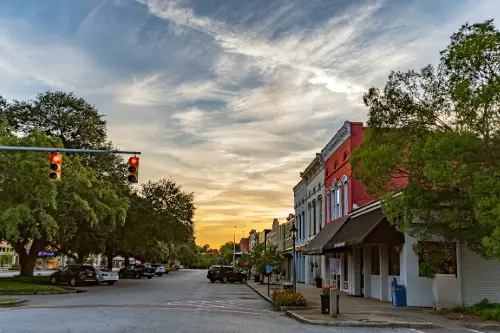
Eufaula is another Alabama town that unofficially runs on Eastern Time, even though the state is officially Central. Why? It’s right on the border with Georgia, and its biggest economic connections are across the state line. Businesses and schools have quietly aligned with Eastern Time just to keep things simple.
The problem? It’s not actually official. So while people live their lives an hour ahead of the clock, services like cable providers, bank systems, and phone towers sometimes don’t play along. Visitors trying to make sense of Eufaula time are in for a bit of a headache.
6. White Pine, Tennessee

White Pine sits in East Tennessee, right near the dividing line between the Eastern and Central Time Zones. The town itself is on Eastern Time, but head just a few miles west, and you’ll cross into Central. The proximity makes it super easy to get tripped up, especially if you’re doing business across county lines. Some locals have jobs in Central Time but live on Eastern — or vice versa.
That means two alarms, two sets of clocks, and lots of double-checking to avoid showing up late. It’s particularly confusing for travelers who stop for gas or food and then drive a few minutes down the road into a new time. Even the GPS can get confused depending on which tower it pings. It’s a lovely little town, but the clock might make your head spin.
7. Van Buren, Maine
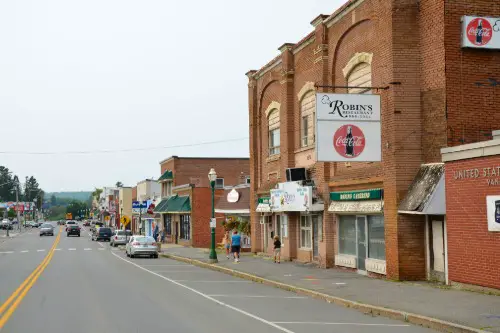
Way up in northern Maine, Van Buren is so far east that it sees sunrise before just about anywhere else in the continental U.S. It sits firmly in the Eastern Time Zone, but it’s actually closer to the time zone of Canada’s Atlantic provinces. Some folks even set their clocks to match New Brunswick when crossing the border frequently. It’s one of the few places where noon really feels like high noon — bright and sunny.
The strangeness sets in especially during daylight saving time, when the sun rises absurdly early and sets before dinner. It’s not so much about juggling two official time zones, but about how unnatural the timing feels compared to the rest of the country. Residents have gotten used to it, but outsiders often can’t shake the feeling that their internal clock is off. Life in Van Buren is beautiful — just don’t expect your watch to agree.
8. Ironwood, Michigan

Ironwood is located in Michigan’s Upper Peninsula, which officially runs on Eastern Time — but Ironwood doesn’t always agree. Right near the Wisconsin border, the town has stronger ties with its Central Time neighbors, including Hurley, just across the river. So many people commute back and forth that it just became easier for Ironwood to unofficially sync with Central Time. Schools, local events, and businesses often operate in this gray zone.
Technically, though, it’s still on Eastern Time, which leads to a lot of confusion for anyone new in town. Missed appointments and time mix-ups are just part of daily life here. Residents often clarify with “our time” vs. “Michigan time” just to be safe. It’s a classic case of geography defying government timekeeping.
9. Salmon, Idaho
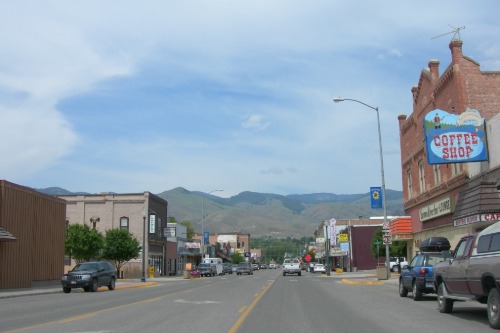
Salmon is a rugged little town in central Idaho that sits right along the border of the Mountain and Pacific Time Zones. Officially, it’s in the Mountain Time Zone, but head just a bit west and you’ll hit Pacific. With nearby counties operating on a different time, people here are constantly checking what time it actually is. It’s not uncommon to hear someone say, “Is that our time or Boise time?”
Since Salmon is somewhat isolated, the inconsistency affects everything from business deliveries to family events. And it gets even trickier during daylight saving transitions when everyone’s internal clock feels just a little more off. It’s a great place to unplug — as long as you don’t have a tight schedule. The mountains may be peaceful, but the clocks are not.
10. Texline, Texas
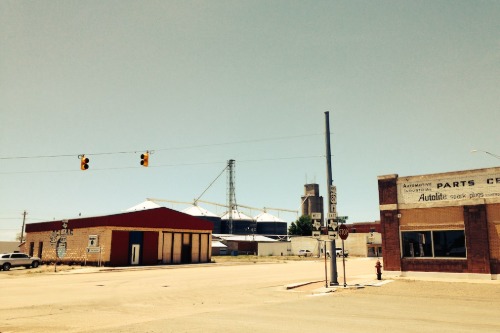
Texline sits way up in the Texas Panhandle, just a stone’s throw from New Mexico. While it’s officially in the Central Time Zone, many people live on Mountain Time due to their jobs or family connections across the border. Grocery shopping, appointments, and school events often revolve around neighboring towns that use a different clock. This dual existence has become the norm, even if it makes life a little disorienting.
Phones might automatically switch time zones when you’re in town, depending on the cell tower. Locals usually just “know” which time people mean — but good luck if you’re visiting. It’s Texas, but not quite on Texas time. If you’re planning something, clarify or risk being an hour off.
11. Jackpot, Nevada
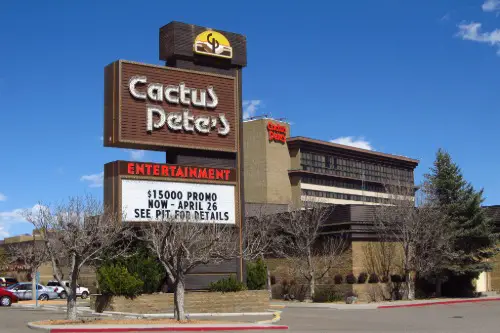
Jackpot is in Nevada, a Pacific Time state, but most of the town operates on Mountain Time because it caters to visitors from nearby Twin Falls, Idaho. Casinos, hotels, and restaurants all run on Idaho time to stay in sync with their customer base. It’s an unspoken rule that nobody really questions — Mountain Time just works better here. Even road signs mention the time difference to warn drivers.
Legally, it’s Pacific Time, which causes problems when dealing with federal forms or transport schedules. If you’re heading there for a weekend of gambling and forget to change your watch, you could miss a reservation or show. The casino town may live fast, but it also lives in a time warp. It’s Vegas-lite, with a twist in time.
12. Hyder, Alaska
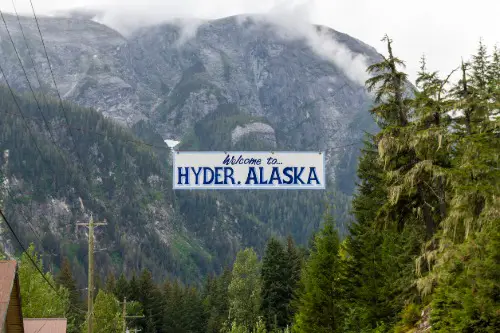
Hyder is a tiny Alaskan town that has more in common with Canada than it does with the rest of Alaska. It’s right on the border with British Columbia and unofficially follows Pacific Time to match nearby Stewart, BC. That makes daily life easier for its tiny population and the tourists who cross the border. The post office and other federal services are still on Alaskan Time, though, which is an hour behind.
So you can technically have two clocks in the same building showing different times. People joke that Hyder lives in “Canadian Time,” and it’s not far from the truth. You’ll find more confusion when it comes to deliveries, government business, or even watching TV. Hyder is charmingly remote, but good luck scheduling anything without checking your watch twice.
13. Fargo, North Dakota

Fargo might not seem small, but compared to national metro areas, it’s a modest city with a surprising time twist. It sits right on the edge of the Central Time Zone, but nearby communities across the Red River in Minnesota use a slightly different system. In some parts of the metro, businesses operate in Eastern-influenced hours due to connections with larger cities out east. It’s not an official shift, but one that’s noticeable in patterns and lifestyle.
Locals are used to it, but if you’re visiting and driving back and forth between Fargo and Moorhead, it can be disorienting. Events and deliveries are sometimes coordinated using dual clocks just to avoid miscommunication. Even some GPS systems can get tripped up on the edges of the metro area. It’s a subtle confusion, but one that creeps into everyday life more than you’d expect.


